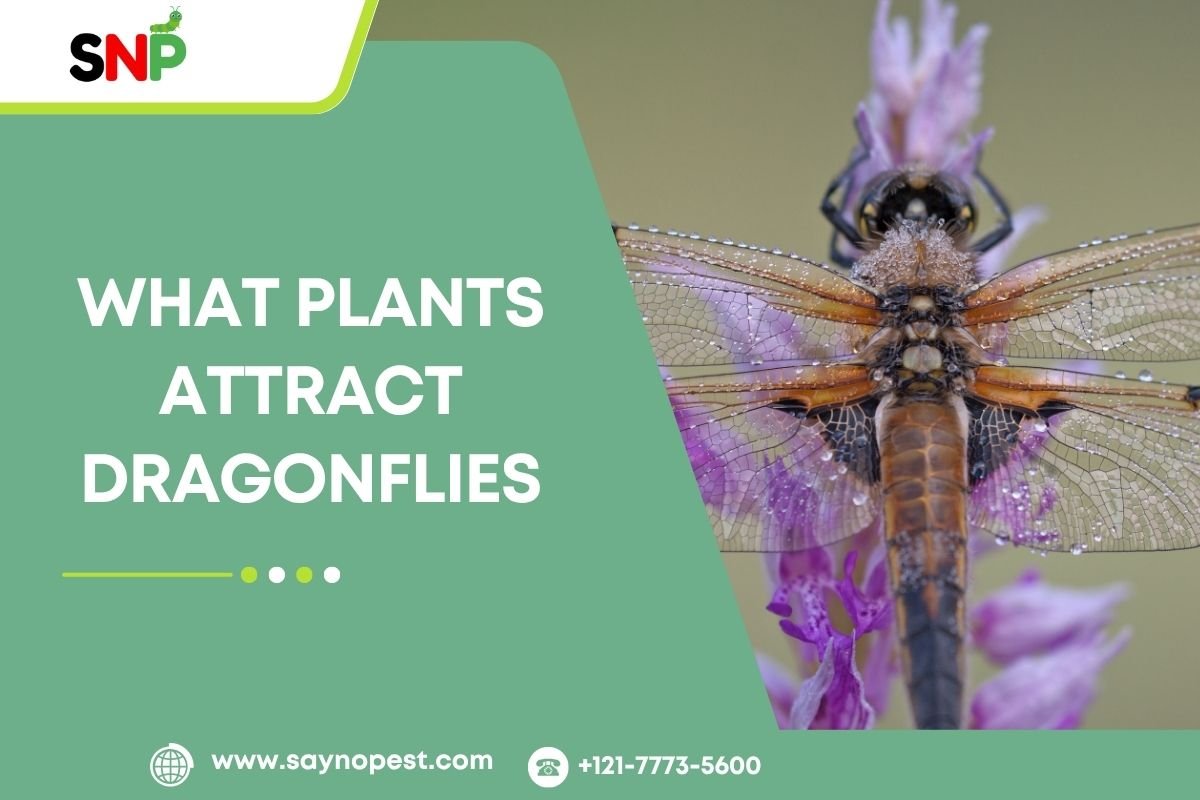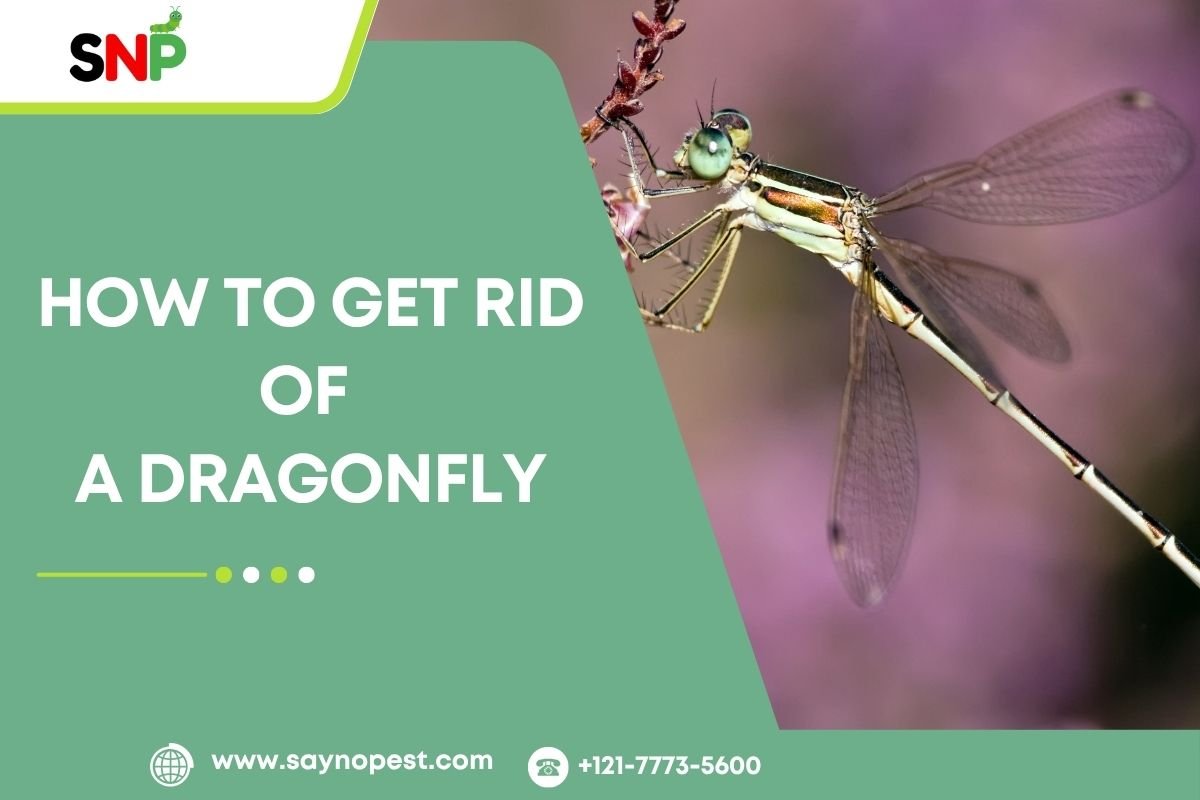As well as being a nice sight, dragonflies in your yard help keep mosquitoes and bothersome flies away. If you are asking what plants attract dragonflies? There are many who have that same question. Gardeners and homeowners in the United States want to encourage dragonflies by selecting helpful plants and knowing more about their development from a dragonfly egg to a mature adult. This blog will discuss the Plants that attract dragonflies to avoid them, talk about whether they cause any damage and show you ways to control their population in your yard.
What plants attract dragonflies?
Dragonflies prefer spots that provide two conditions: food and good breeding grounds. Water features play a key role in this. A dragonfly female lays her dragonfly eggs in or near the water, and a baby dragonfly (also called a nymph) lives underwater in its early phase. Furthermore, the right choice of plants may increase the number of visitors to your garden.

Below are the best plants for attracting dragonflies:
Water Lily
These water-loving plants are the ideal spawning areas for dragonflies to lay dragonfly eggs and for the nymphs to develop. Their large terraces are the right places to rest on, and their flowers attract pollinators, which are the dragonflies’ prey.
Black-Eyed Susan
This sun-loving plant is not only one on which you can easy to grow, but it also brings with it the added benefit of attracting insect pollinators and other insects on which dragonflies feed. Also, their long stems are very helpful for adult dragonflies to rest.
Joe Pye Weed
The reason this weed is popular is its fine quality, lovely fragrance and tall position, all of which are enjoyed by many butterflies and dragonflies. It is best to be located near water.
Swamp Milkweed
The native plant blooms with pink flower bunches and grows well in damp soil. Dragonflies usually love this kind of habitat.
Pickerelweed
This plant grows in low water or at the corners of the lowland. These places are the ones where dragonflies and their nymphs get all the things they need.
Borage
Its simple, bright blue flowers attract little pollinators, who are an inviting feast for dragonflies.
Purple Coneflower (Echinacea)
These perennials, which are resistant to many (not only variety) conditions, are dragonflies’ favourite place of relaxation and together with that, they draw quite a good number of insects.
Meadow Sage and Yarrow
Both of them can survive long periods without water, and they also attract quite a lot of these insects, which in turn support, in part, the growth of the dragonfly population (indirectly).
When you mix these plants that attract dragonflies, you are setting up a multi-niche universe that can offer shelter to dragonflies at all stages of their life cycles, from dragonfly eggs to the baby dragonfly nymph, and finally to the adult stage. So it is important to understand what plants attract dragonflies.

Do Dragonflies Cause Damage to the Yard?
It is quite normal for homeowners who have small gardens in front of or around their houses to think that dragonflies, being insects, will harm their plants or landscaping. The truth is, dragonflies are one of the most beneficial insects that have ever existed in the insect world. They do not chew on leaves, damage flowers, or harm your yard. Dragonfly are not harmful, they do not harm people or pets, and most importantly, dragonflies do not bite anybody. They act as the natural pest eliminators as dragonflies eat mosquitoes, gnats, flies and other pests. Dragonflies make the environment healthy and eliminate all the unwanted pests, but on the other hand high number of dragonflies can irritate homeowners in the United States.
Tips to Avoid Dragonflies in Your Yard
Although dragonflies can be good in some way for your courtyard, many people would still feel uncomfortable around them and take steps to keep the insects away. If you want to keep the number of dragonflies that you meet each day to a minimum, here are some great eco-friendly tips:
Getting Rid of Stagnant Water
As both dragonfly eggs and the baby dragonfly nymph go through several moults while feeding in the water, this is a surefire way to have no dragonfly presence in your yard. Consequently, the eggs and the nymphs will go to naught, and there will not be any dragonflies near your house. This can be achieved by not only removing or cleaning birdbaths, fountains but also clogged gutters in order not to allow standing water or any water, for that matter, to collect.
Controlling the Insect Population
Wherever insects are, dragonflies are going to be there sooner or later, as they always trace their food source. A straightforward way to lessen the dragonfly population in your locality naturally is to reduce the mosquito and gnat populations. Mostly it’s done by breaking the life cycle of these pests, usually through getting rid of water sources and staying organised in the yard. This will result in a decrease and eventually, no dragonflies at all.

Adjusting Landscaping
Noise from overwatering stimulates the insect eggs and creates a possible home. To stop that, it is wise to do regular garden cleaning and lawn trimming. This not only reduces the insects and their population, but it also means that your yard looks less appealing to dragonflies.
Re-think Water-Loving Plants
Landscapes that contain standing or territorial water that the dragonflies will mate and lay their eggs on should be limited in number. To make dragonflies less loyal to a place, this is especially true with water plants. You should remove the aquatic and wetland plants like cattails and water lilies, and put some other ornamental plants, thus discouraging the dragonflies from staying around. The plantings should reflect all the ecological units of the water body. If it is a natural water body, the aquatic and wetland plants, like water lilies and cattails
Conclusion
Understanding what plants attract dragonflies will help you create a vibrant garden that attracts insects and enhances biodiversity in your backyard. Add some water lilies, black-eyed Susans, Joe Pye weed, and swamp milkweed, which will allow dragonflies and that will help make an impact on your pest control problems. Remember, dragonflies do not destroy anything, and their presence indicates your yard is healthy. One of these ways to deter populations is mindless, I mean, remove storm basins and areas of stagnation, effectively robbing them of food sources. Your yard can be a usable habitat for dragonflies and mosquitoes. If you plant correctly and find a few minutes to learn about these wonderful insects, you should ensure a comfortable and mosquito-free yard and residence.



